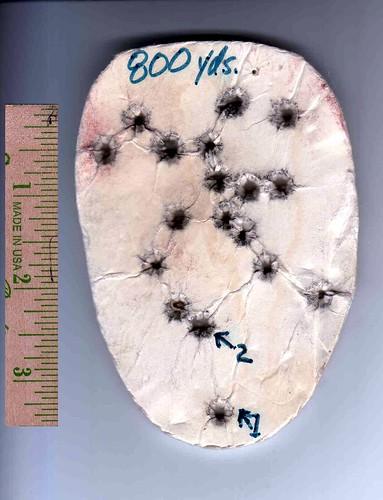Trickymissfit
Well-Known Member
Lots of technical mumbo jumbo but no answers to my questions. But I know some folks like explaining their perfect path to precise precision by endless exactness. I doubt reloading presses need to be made with tolerances to 4 places for three reasons:
I did; you failed to grasp it. I even went so far as to tell you how I squared the whole thing up, and what I found in the process
One is there's enough sideways slop between shell holder and case head that any misalignment up to several thouandths between the ram/shellholder centers to the die centers is a non issue.
the case will always take the path of least resistence till it cannot shift anymore. That's one problem with shell holders. in that they only have so much movement built into them
Second, No case is perfectly centered along its entire axis with the chamber when its fired. The back end's usually pressed against the chamber wall opposite the extractor with a tiny bit of clearance to the chamber wall opposite that contact point. An exception's when the case is banana shaped enough to touch the chamber wall near midpoint between the case extractor groove and shoulder-neck edge; the front end's well centered in the chamber shoulder and the back end's got a tiny bit of clearance all the way around.
If there is any taper in the O.D., it will self align just like a taper pin going into a hole with the same taper
Third, cases don't have to be perfectly straight on an axis between the bullet tip and the center of the case head. All cases are a tiny bit out of round and swell perfectly evenly against the slightly out of round chamber walls long before the bullet's out the muzzle each time they're fired. At peak pressure, the case is always perfectly centered in the chamber but by then the bullet's some distance down the bore.
you just contradicted yourself! But forgetting that when a chamber is offcenter or a case is off center the bullet will deform when entering the rifeling ever so slightly. This cause an error in the C/G, and that in turn causes displacement.
In the microseconds after the primer goes off and gas pressure builds up the case will expand in all directions till there's no more room for it to move. But as you said the bullet is free from the neck and just starting to move. The problem is that the bullet is already on a determined path of travel created by the geometry of the of the case (the body of the case maybe solidly trapped) that is not concentric
gary

